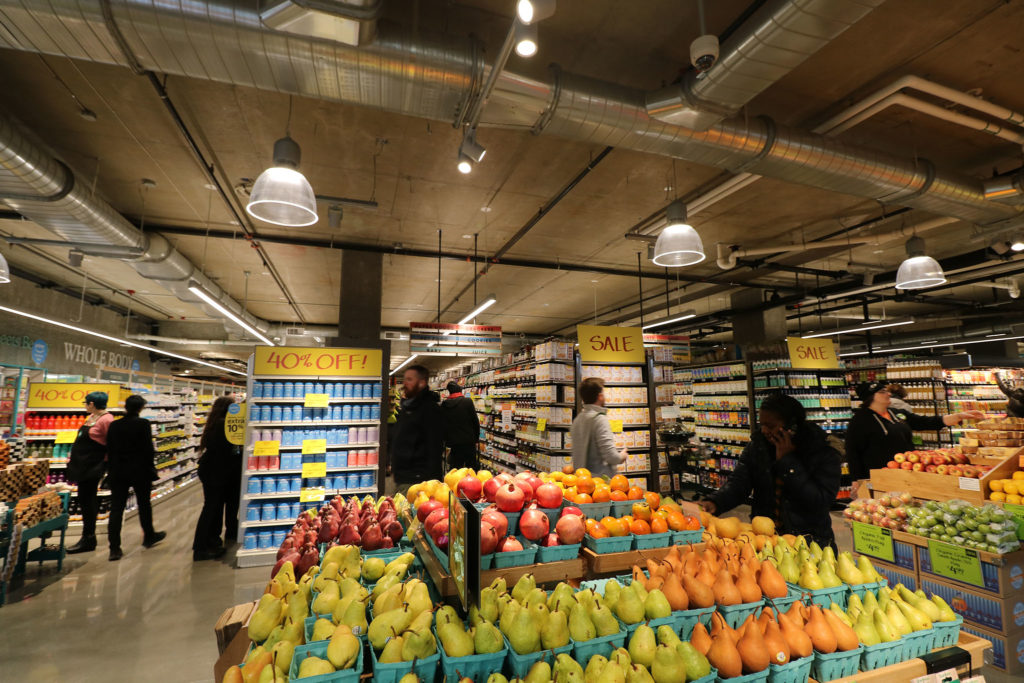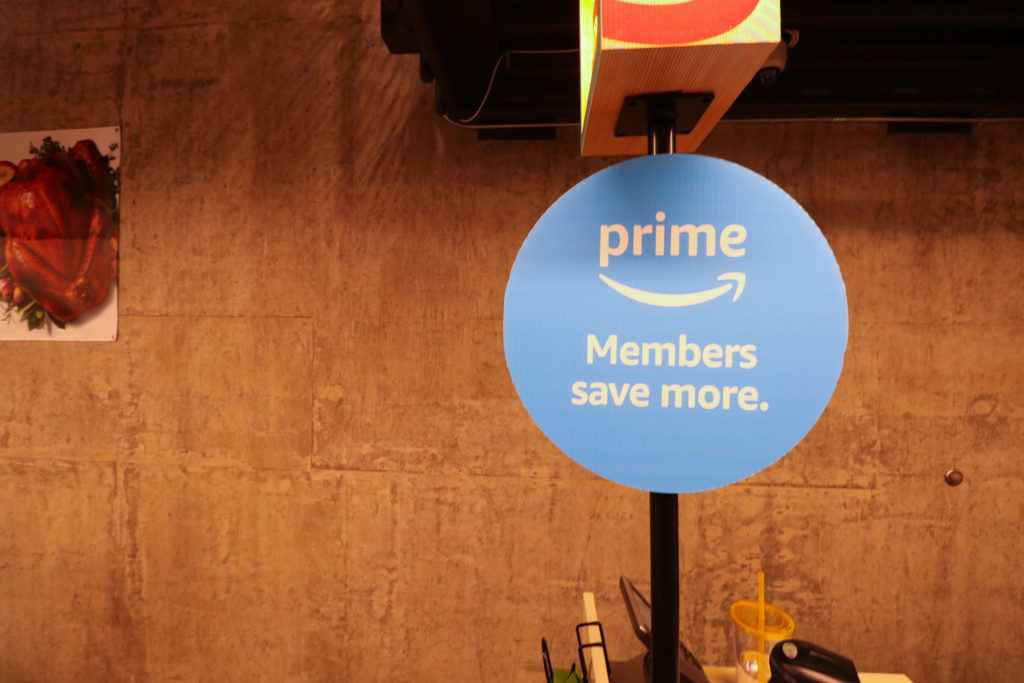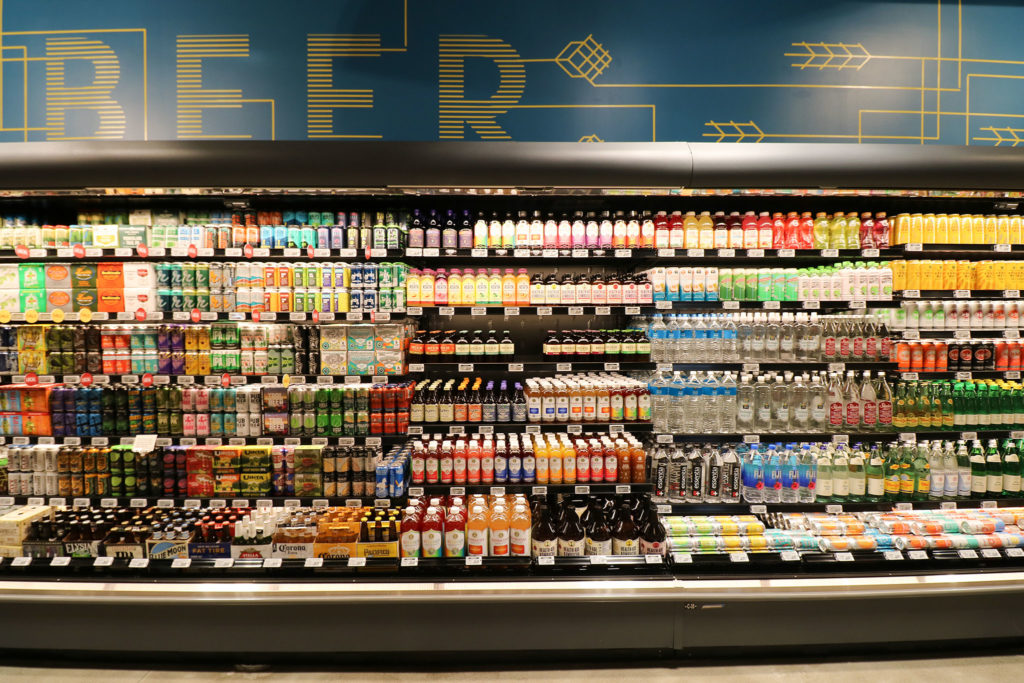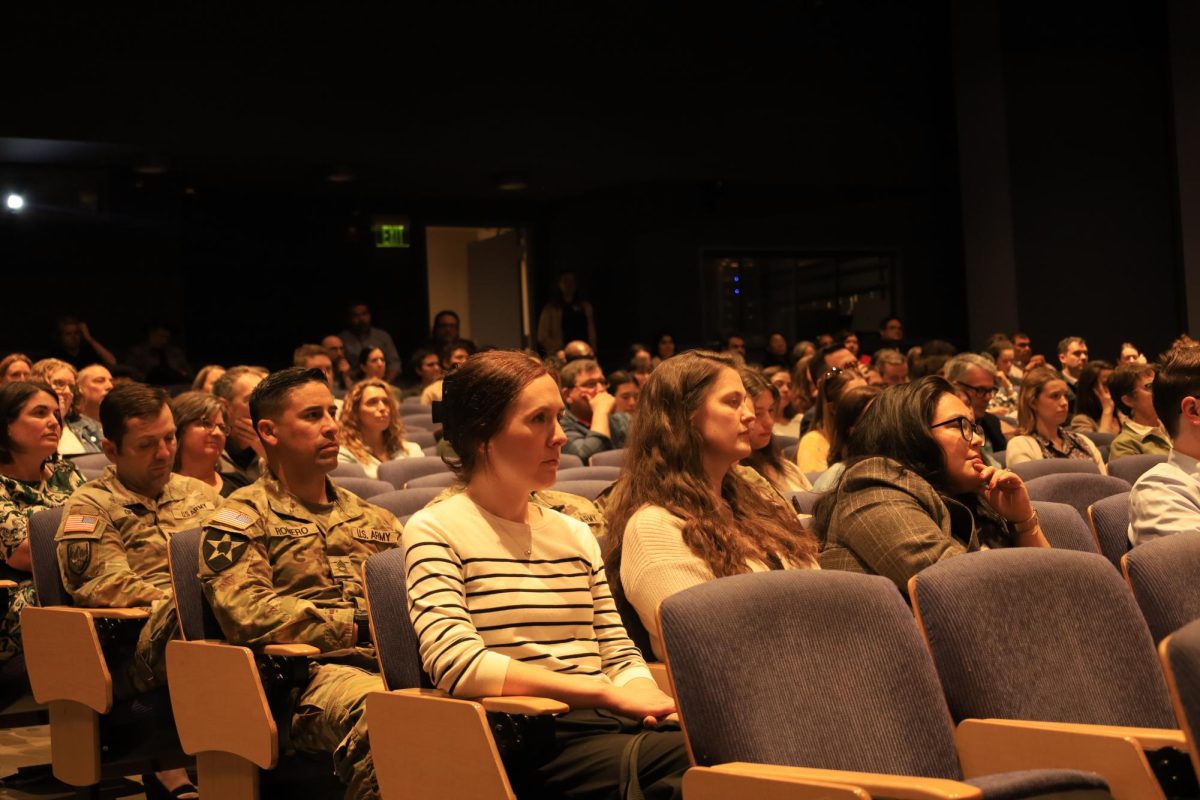Many students rejoiced at the grand opening of Whole Foods, as the health food store joined QFC, Central Co-op and Trader Joe’s as the fourth grocery store within blocks of Seattle University’s campus. However, the celebration of some students was met with concern by others, with this opening representing another step toward the gentrification of Seattle.
Buyers who can afford the prices have many healthy food options at Whole Foods—milk substitutes from soy to oat in the grocery store, aisles of ready-to-eat food on the second floor, and more.
While Whole Foods’ location can seem convenient for students, some members of the Seattle U community are pointing out a larger problem that Whole Foods’ arrival may be a symptom of: the gentrification that has changed the face of Capitol Hill and Seattle.
Capitol Hill’s demographics have been changing as market prices skyrocket and Seattle has become ever more tech-oriented, with companies like Amazon and Microsoft moving in and hiring highly-educated professionals. Higher-income and predominantly white people who work high-paying jobs in Seattle are moving into previously affordable areas, which prices lower-income homeowners and renters out.
Jess Juanich, a junior Public Affairs and Political Science double-major at Seattle U, grew up and currently lives in the Central District, a neighborhood near Seattle U that is feeling the effects of gentrification. According to Juanich, the Central District has become a food desert over the past few years
“Growing up, it was a predominantly Black, East African, East Asian immigrant community,” Juanich said. “So now with the rise of educated tech engineers working at companies in Downtown Seattle, it has raised the land value in Seattle which has caused a lot of the old-time residents to move out.”
Juanich also talked about the shifts in his neighborhood’s loss of cultural identity and access to food, recalling details from a grocery store called the Red Apple Market that he grew up with.
“A lot of people would go there, we would have a lot of community events,” he said. “There were basketball players who would do back-to-school batches and give out backpacks and school supplies to kids in the community before they started school each year. Since that supermarket isn’t there anymore, they haven’t done that.”
Juanich says that now there are only grocery stores of the North and South fringes of the Central District, making his neighborhood part of a food desert.
Aakanksha Sinha, assistant professor of social Work at Seattle U and consultant at the Asian Counseling and Referral Services, said that the decision to build a Whole Foods at its location is largely because of the population Whole Foods and Amazon is hoping to sell to.
“Having another grocery store here versus a food desert in the Central District speaks a lot to who is being served and who is not,” Sinha said.
Sinha said Whole Foods knows that the population in the Central District, as a predominantly lower-income community, would not economically support it.
Similarly, Political Science Professor Matieu DuBeau said he thinks Whole Foods is just filling a demand made by changing demographics.
“It creates an advantage for them, but a disadvantage to our communities,” Juanich said.
The lack of access in low-income areas not only to food, but to choices in food in grocery stores, greatly contributes to the cycle of poverty. Sinha said that it’s imperative that people are nourished, not just “not hungry.”
Sinha said that healthy food is necessary for people to have the energy levels to work, manage mental or physical illness, and to concentrate. Without the time and transportation to travel to a far-away grocery store, many lower-income people in the Central District often have to settle on whatever is available to them in dollar stores or mom-and-pop shops.
“I almost think of [food] as a vehicle to other well-beings. The way that we usually think about food for low-income communities is, ‘oh, do they have enough to eat? Are they starving or are they not?’” Sinha said. “So you probably look at if they have accessibility to some food. But that’s not enough.”
Sinha also added that the Cherry Street Food Bank—the main food bank in the Central District—is closing and being replaced with a high-rise, a change that will limit food-security in the Central District even more.
Juanich has a tip for students who want to help: be mindful and intentional about your consumption.
Sinha recommends that Seattle U students work for awareness of food justice issues. Boycotting Whole Foods, she says, is not enough. Building awareness and listening to the stories of people affected by food insecurity needs to underpin advocacy for food justice. Recognizing that it impacts members of our own community is a good start, she said.
“I think even within SU there are so many students who are suffering from hunger and food insecurity and we just don’t hear about it,” she said.
She said that high-income folks in Capitol Hill then have the privilege of not only being able to eat, but of being able to access a variety of choices.
DuBeau said he thinks Whole Foods is just filling a demand made by changing demographics. The root, he says, is the demand that calls for another grocery store like Whole Foods to come in.
The effect, he said, is that the people who have historically lived in Seattle are being forced to live somewhere else.
“Now people of color, low income folks, are being pushed out of the city and moving out,” DuBeau said.
Seattle continues to face the challenge of evolving to fit the growing need of an affluent community that hold the wealth, in opposition to communities that have historically lived there.
Elizabeth may be reached at
eayers@su-spectator.com











